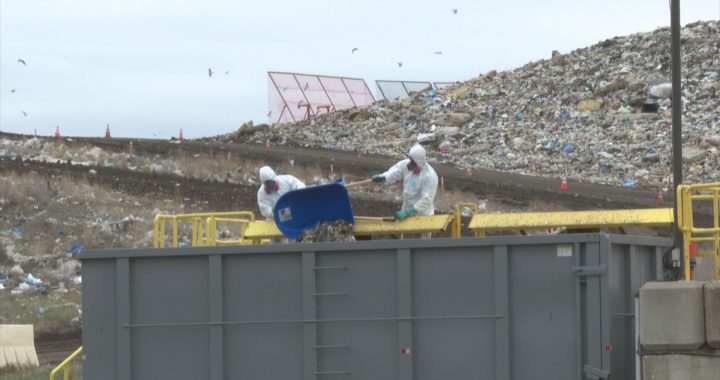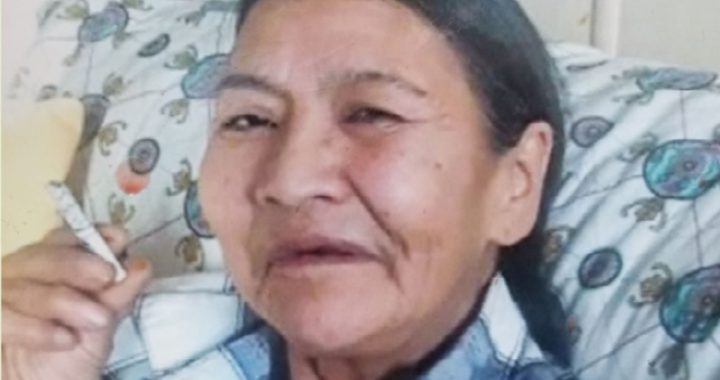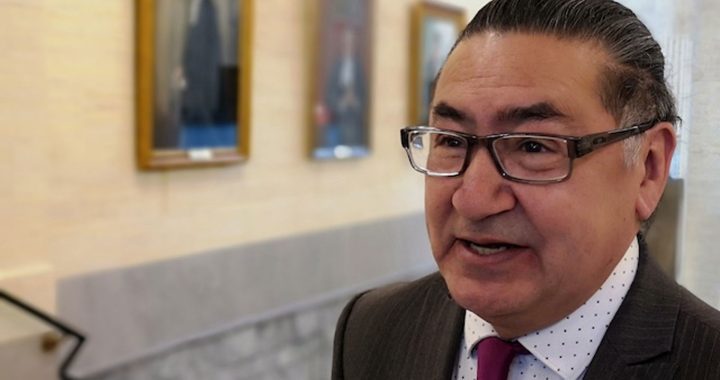Fresh, affordable fruits and vegetables can be hard to find the more remote a community is because of the distances needed to reach a destination. It makes it hard for people to sometimes get the nutrition needed to live a healthy lifestyle.
In an effort to fight food insecurity and bring fresh produce to remote communities, igloo-shaped greenhouses are popping up across the country.
“People want what is fresh, what is local, what is healthy, what they know was put into it, they created the fertilizer and soil themselves. That’s what people want to eat,” says Raygan Solotki, executive director of Green Iglu.
Green Iglu originally began as a student project at the Toronto Metropolitan University (previously known as Ryerson University) in 2015 to build the geodesic domes in Nunavut. It quickly became a country-wide initiative with charity status because “you can’t make food security a business, it has to be not-for-profit or you’ll be struggling all the time,” says Solotki, who became the executive director in 2021.
Her approach since has been to work more closely with communities, to let them guide the process of what they need for food security and to supply them with the solutions.
”The last few years have been really big learning curves and changes as we figure out what works best and how to work properly in communities without… bringing up colonial issues and bringing up things like white saviourship,” says Solotki, who is non-Indigenous. “Making sure that we’re actually working on the level communities ask us to and it not being about Green Iglu.”
Green Iglu has worked with 10 communities across Canada this year alone, from Bilijk First Nation in New Brunswick to Whatì in the Northwest Territories, building 27 all-season greenhouses for their schools, food banks, and of course, the community.
“This year our 10 communities, seven of them were fully funded through us,” says Solotki.
Every greenhouse is designed to suit each community’s unique needs and is owned and operated by the community with ongoing support from Green Iglu.
“The community response, once they realize what the situation is, that it is their greenhouse, it is their community garden, it is their food infrastructure project and that there are jobs that are being attached to that, that are not with Green Iglu, that are with their community and that they can do whatever they want to – we’re really seeing wonderful input from the communities, ideas, lots of great workshops happening.”
For those not familiar with the process of running a greenhouse, Green Iglu offers community training and larger-scale education packages so anyone can begin the process or find answers to their questions at their own speed.
“We start with education in the schools, work with our greenhouse technicians to make sure everyone is really comfortable,” says Solotki, “We also have a portal system where people can log in, they can ask questions, they can watch videos, they can use content,”
Since education is as important to Green Iglu as food security itself, this year they began a $500 bursary program for post-secondary students “who share the vision of food equality”, and hope to continue to grow the program next year.
“We really wanted to offer it to especially First Nations and Indigenous students from remote communities who are working in something related to food security,” says Solotki, “You’re looking at doing like a master gardener course because you want to learn how to garden in your community? Cool, come apply to us!”
Green Iglu will be hosting a Local Solutions Food Security Forum this October 26-28th virtually and in-person as “a chance to hear from innovators in the food security movement,” said Solotki in a press release.
With all the work they do, Solotki says there is one important takeaway.
“I do think the most important thing is understanding where your food comes from, understanding how far it travels, and understanding that connection to global climate change.”









